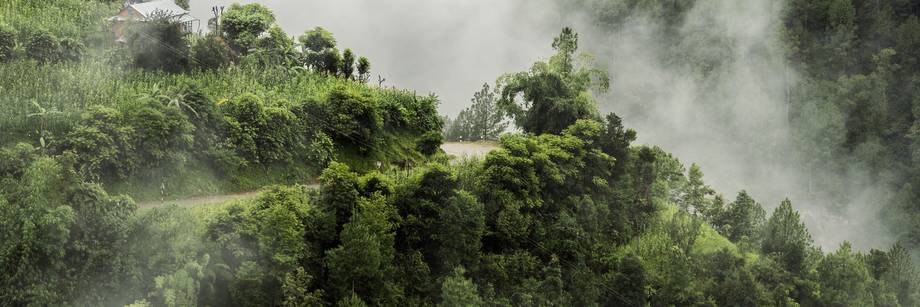Integrated appraisal of four projects in Nepal: Projects' impact on the GHG balance and natural capital
In fragile mountain ecosystems specific to the Himalayan region, land-use change as well as forest and soil degradation have wide implications on greenhouse gas emissions, further ecosystem services and rural livelihoods. Numerous studies investigate the dynamics and complex interaction of land-use change, forest and soil degradation and C sequestration processes in Nepal due to its highly fragile ecosystem and the significant scale of forest and soil degradation (Upadhyay, 2005).
This paper is aimed at presenting the impact of four IFAD projects in Nepal on firstly the GHG balance and their potential for climate change mitigation, and secondly on their impact of natural capital stocks. The considered and quantified components of natural capital are linked with soil quality, increased landscape biomass and water availability, better crop protection/resilience from drought, prevented incremental erosion, additional flood protected areas, incremental forested area and increased biodiversity through protected areas. This value of the incremental natural capital, generated by farmers, is thereby interpreted as a public value which is adding to the public value generated through prevented GHG emissions due to the programme and project interventions.
The four projects analyzed cover a wide range of project situations, from leasehold forestry support projects to value chain support and agriculture intensification projects. The four projects are:
- The Leasehold Forestry and Livestock Programme and the preceding Hills Leasehold Forestry and Forage Development Project (LFLP-HLFFDP)
- The Western Uplands Poverty Alleviation Project (WUPAP)
- The High Value Agriculture Project in Hill and Mountain Areas (HVAP)
- The Kisankalagi Unnat Biu-Bijan Karyakram project (improved seed for farmers)

